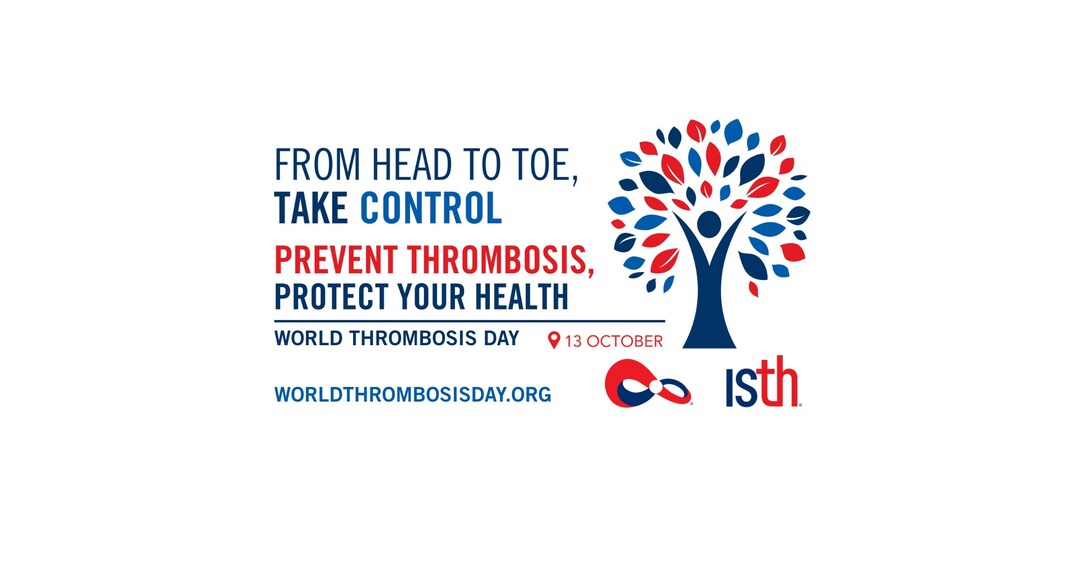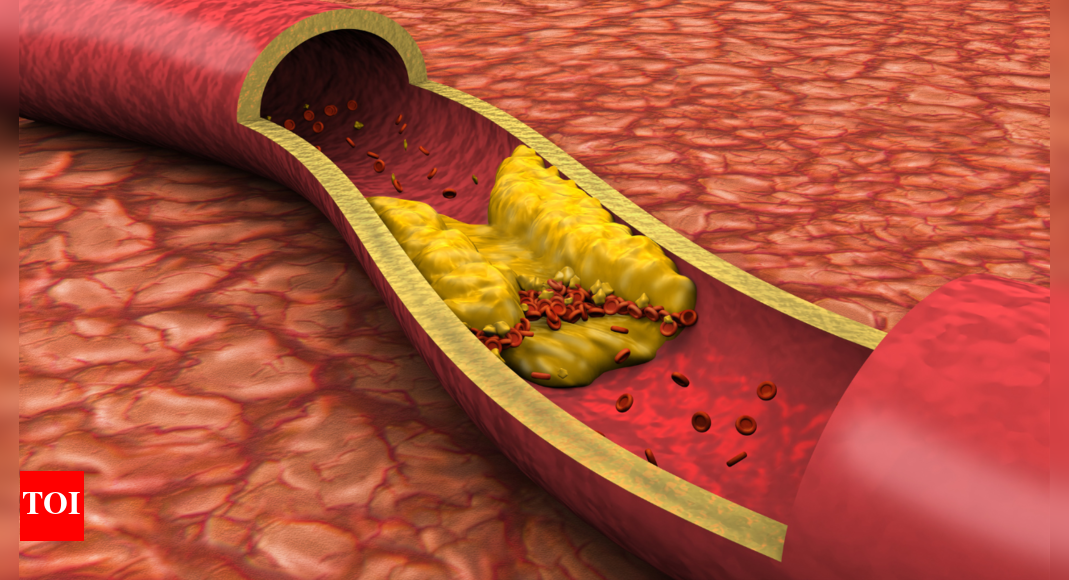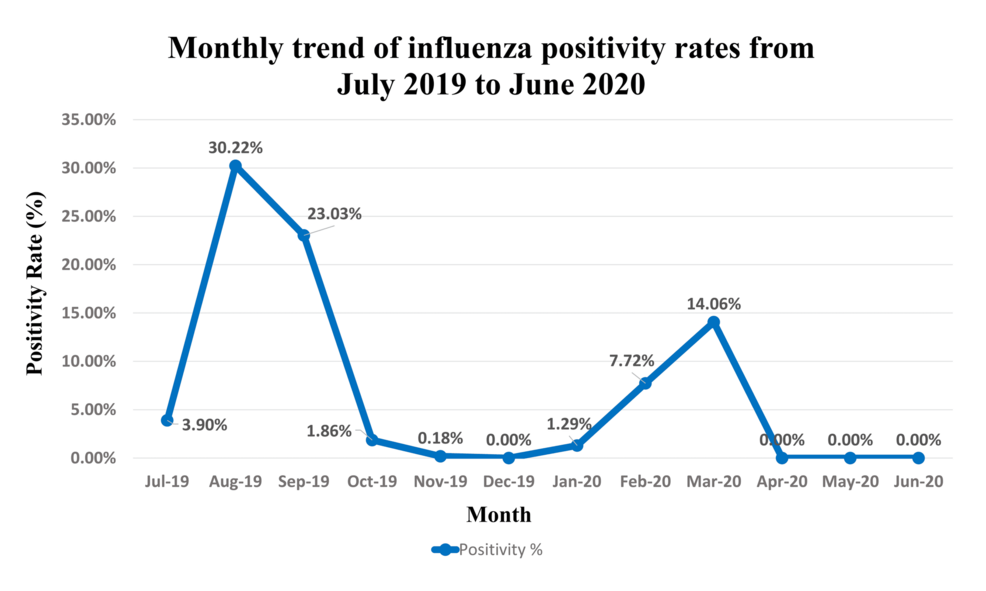Fatal overdoses among adults 65 and older involving fentanyl mixed with stimulants such as cocaine and methamphetamines have risen dramatically, climbing 9,000% in the past eight years. The rate now mirrors that seen in younger adults, according…
Category: 6. Health
-

Research Uncovers Link Between Depression and Commonly Used Food Item
A new scientific study has found that drinking soft drinks daily can harm not only physical health but also mental well-being, as it disrupts gut bacteria balance and increases the risk of depression, 24NewsHD TV reported on…
Continue Reading
-

‘Healthy’ supplements can increase heart attack and stroke risk, top US cardiologist warns
In a video shared on Instagram, Dr. Levine debunked certain myths about heart health. One among them was consuming vitamin D supplements to reduce the risk of a heart attack. The cardiologist emphasized that this is “simply not true.”…
Continue Reading
-

‘Running helped me reclaim independence after cancer treatment’
Jess WarrenLondon and
Gem O’ReillyLondon
 Gem O’Reilly/BBC
Gem O’Reilly/BBCMoira Jordan underwent a double mastectomy aged 29 “I want every young person to know how to spot when something isn’t right”, says Moira Jordan, who underwent a double mastectomy aged 29.
Ms…
Continue Reading
-
Access Denied
Access Denied
You don’t have permission to access “http://indianexpress.com/article/health-wellness/how-noise-pollution-stole-his-life-i-lost-hearing-loud-music-earpods-phantom-noise-head-10303770/” on this server.
Reference…
Continue Reading
-

ISTH marks World Thrombosis Day with urgent global call to action
Thrombosis is the underlying cause of 1 in 4 deaths worldwide each year. The campaign calls for crucial awareness and prevention.
CHARLOTTE, N.C., Oct. 13, 2025 /PRNewswire/ — The International Society on Thrombosis…
Continue Reading
-

4 everyday drinks that can help prevent artery plaque, and improve blood flow
For heart health, one needs to be concerned with what we are eating as well as drinking. The arteries, that carry oxygen, promote blood circulation, can accumulate plaque over time, known as atherosclerosis. The accumulation of this…
Continue Reading
-

Dermatological symptoms could signal higher risk in psychiatric patients
Scientists have discovered that mental health patients who have skin conditions may be more at risk of worse outcomes, including suicidality and depression. This work, which may aid in identifying at-risk patients and personalising…
Continue Reading
-

Brain serotonin levels linked to sexual side effects from antidepressants
Researchers have discovered that the ability to have an erection or to orgasm is related to the levels of serotonin in the brain, but this relation only applies to depressed patients taking SSRI antidepressants. At the moment, there…
Continue Reading

